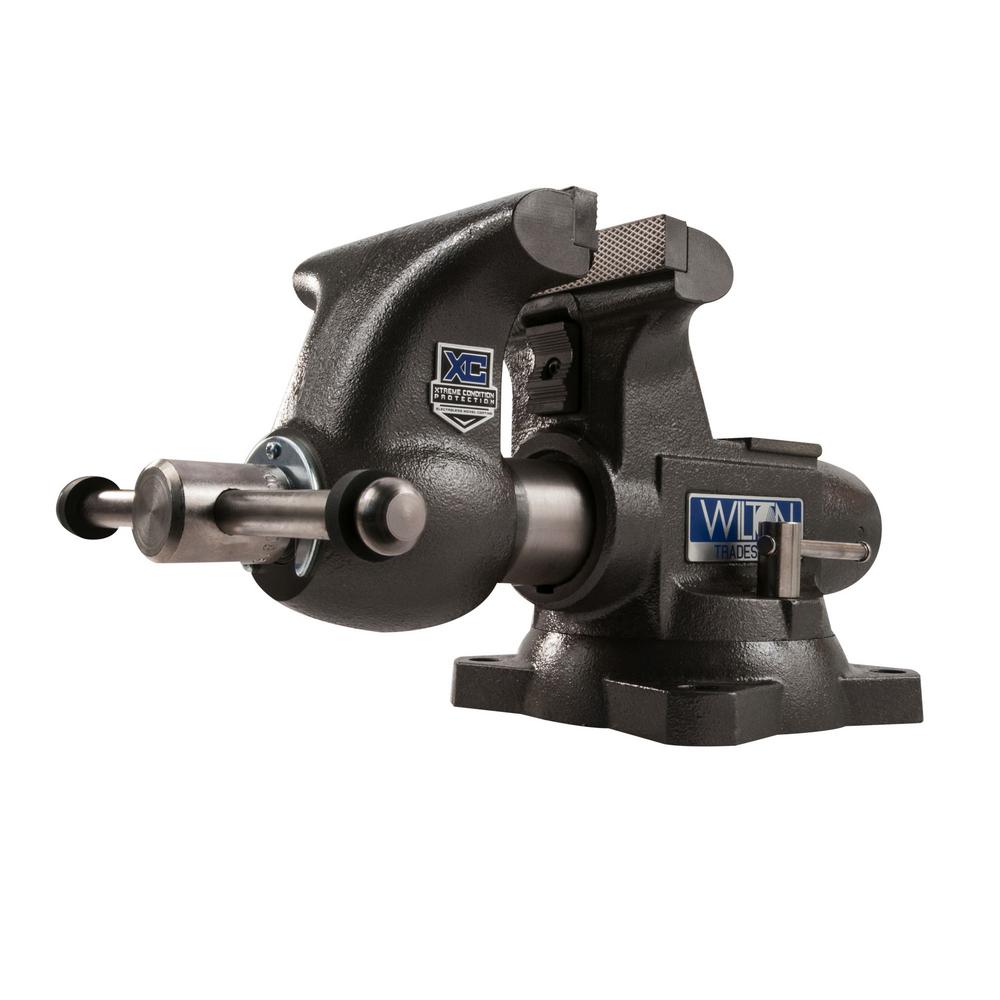How to use a Bench Vise Safely
In the tools room or the workshop, a vise is an essential tool, often called the third hand. This is because a vise usually holds a workpiece or material set up, leaving the two hands allowed to chip away at the material. To empower tools steadiness of the bench vise, vises are usually mounted on firm backings, for example, workbenches.
Vises are adaptable tools useful for a wide assortment of work. Different kinds of vises are accessible, and you can browse tradesman composes, blend writes, mechanics compose, engineers' write and utility write among the most prevalent ones. The engineers' bench vise is geared more for the expert user.

These are accessible in an assortment of sizes alongside a stationary or a locking swivel base. The two factors that characterize a vise are its jaw opening and its rigidity. For instance, a mechanical engineer vise may have a 12-inch jaw opening with an elasticity of 60,000 psi. In most bench vises, you can supplant the jaws.
Instructions to Use a Vise Safely
When utilizing a striking tool or a power tool on a workpiece held by a vise, it is fitting to wear a face shield or safety goggles.
Watch that the vise is appended safely. There must be rushes in all the openings in the base of the vise. There must be bolt washers under the nuts. Ensure the bots are legitimately have fixed. Guarantee that the workbench is solidly secured to its base. Here you find best bench vise Visit our site www.nextbestreview.com.
The vise ought to be mounted with the end goal that its stationary jaw extends a little past the edge of the workbench. This makes it easy to cinch a long workpiece in the vise without the edge of the workbench meddling.
Before attempting to clip a workpiece in a vise, check the jaws for harm or splits. Select a vise that is sufficiently expansive to hold the workpiece without strain.
While setting the workpiece in the vise, position it with the end goal that the whole clipping surface of the jaw can bolster the workpiece. For sawing, recording the workpiece, keep the work guide close toward the jaws of the vise, as this will avoid vibrations.
If the workpiece is additional long, it might be important to help the end with a flexible stand, a container or a sawhorse. May will expel the additional strain from the vise.
Nurturing a Vise
All strung and moving parts must be kept clean, gently oiled and free of flotsam and jetsam and earth. You will need to use jaw liners to counteract jaw blemishes on it if the workpiece is of delicate material. Supplant any well-used jaw embed and a twisted handle.
What Not To Do With a Vise
- Never weld the base of a vise to any metal, for example, the metal best of the workbench.
- Never attempt to restore a broken vise jaw by welding or brazing.
- Never attempt to twist an overwhelming pole by cinching in a light bench vise.
- Never to apply an overwhelming burden at the edge of the jaws of a vise.
- Never use an expansion (a pipe) for applying additional weight.
- Never use the jaws as an iron block.
- Never use a vise that has even the smallest break.
- Never unscrew or open the jaws more than they were intended for.